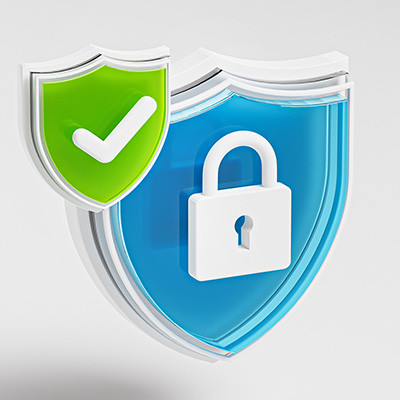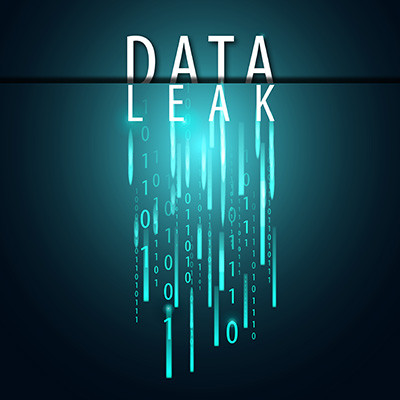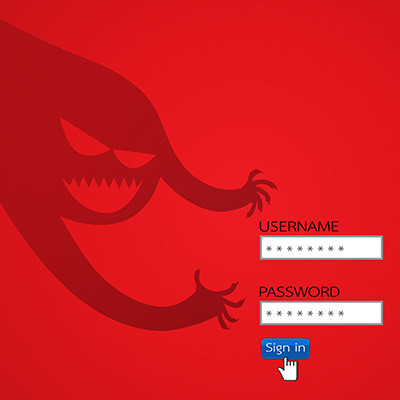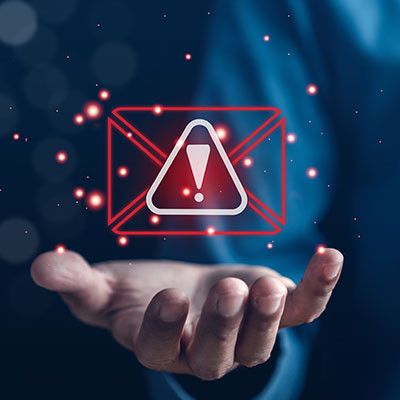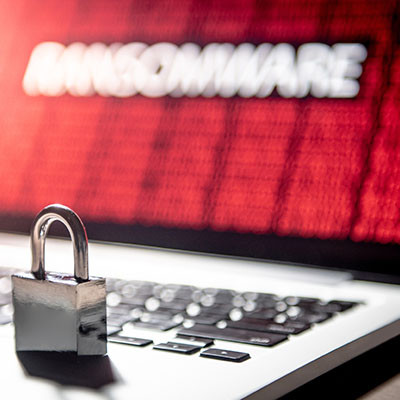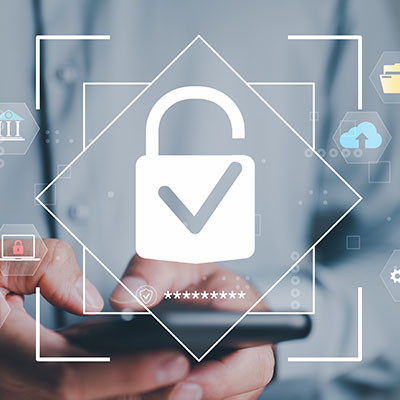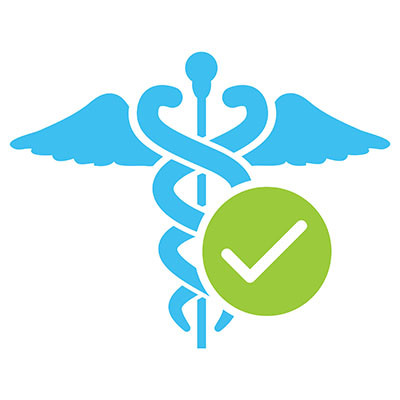Phantom Technology Solutions Blog
Cyberattacks are nothing to take lightly. Every year, they cause millions of dollars of damage to unprepared and unprotected businesses, which leads to many of these businesses’ failure. Let’s talk about what ultimately causes cyberattacks, so you know the kinds of situations and behaviors to keep an eye out for.
Today’s cars, trucks, and sport utility vehicles are packed with features, many of which heavily lean on technology in order to operate. While these new vehicles and all their new capabilities are certainly appealing to today’s consumer, it needs to be said that one key aspect of technology has not been improved as these vehicles have been innovated upon.
That one key aspect? Security.
When it comes to who is victimized in cybercriminal efforts, there may be a few stereotypes and presumptions that a lot of people may hold. A recent report, Oh, Behave!, released by the National Cybersecurity Alliance and Cybsafe, shows that the real victims of many forms of cybercrime aren’t who many would expect.
Since 2019, Google has had a feature built into their Chrome browser called Enhanced Safe Browsing. Intended to help prevent phishing attacks, this feature effectively steps in to warn users about links that it deems suspicious. More recently, this feature was added directly to Gmail. Let’s talk about how to enable it… and why you might actually want to think twice about doing so.
Passwords are what separate you from someone else’s private information, their money, their subscriptions, their personal data, their business, and even their livelihood. If you were able to easily crack a password, you’d have access to the wealth and identity of another person. In this blog, we’re going to show you just how to do that.
What measures do you take to protect your employees and business from the dangers found on the Internet? One major company, Google, is implementing some extreme measures to protect against online threats. In this pilot program, the Internet is simply not available to its workers. How is Google—a company notorious for its search engine and web-related technology—making do with minimal access to the Internet? The answer might surprise you.
Amazon Prime subscribers were recently sent a communication from the online marketplace detailing popular scams and what can be done to protect against them. While we have our own set of best practices to share, we thought we would take a closer look at Amazon’s advice to see how it squares up against our own.
If you are an Amazon Prime subscriber, chances are you received an email from the online marketplace warning users of scams that take advantage of offerings and brand recognition. We thought it would be interesting to look at the advice shared by this message to see if it matches up with our own recommended best practices.
Businesses currently face an unprecedented level of threat from data breaches, with more means of undermining their security out there than ever before. Making the situation worse, all it takes is one to bring significant impacts to your business, from financial and reputational loss, not to mention all the potential legal issues that come into play. Let’s review what you need to do should you ever be on the receiving end of a breach.
Running a business is hard enough without having to think about cybersecurity. Your business faces existential threats from cyberattacks every day it’s operational, as data breaches truly do have the power to bring your business down if you’re not prepared for the fallout. A zero trust approach can help to mitigate many of the risks that come from cybersecurity threats, and it’s all thanks to the principle of least permission.
Perhaps the most dangerous and notorious modern malware, ransomware affects businesses and industries without any regard to size or scope. It can even impact individual users and get away with it. We urge businesses to consider the other dangers associated with ransomware beyond just paying the ransom, as they extend far beyond and could have lasting impacts on your operations.
We throw around the term “ransomware” an awful lot, and while we’re confident that most people have some level of familiarity with the concept at this point, it is important that we acknowledge that not everyone has our experience in dealing with it. As such, we wanted to answer some of the questions we hear fairly often about ransomware.
In today’s world of flexible working environments and conditions, you want to be intentional with how you share and distribute access to your company’s data. You’ll need to ensure that you are not accidentally putting your data in harm’s way due to outdated and insecure data retrieval policies and procedures.
In 1996, the United States Congress passed the Health Insurance Portability and Accountability Act, better known as HIPAA, in an attempt to streamline the healthcare system while also maintaining individual privacy of individuals’ health records. This regulation allowed people to more effectively and securely transfer their health coverage without the risk of fraud or abuse of health records. As you can imagine, your technology plays a significant role in making this happen.
Cybersecurity is complicated, with countless moving parts that all contribute to a well-protected network. This includes password changes, multi-factor authentication, and policies and procedures that could make the average workday a headache for the average office worker. Cybersecurity burnout is a real thing, and it’s becoming a major problem for businesses that don’t approach it intentionally.
Modern businesses depend on cybersecurity to help keep operations from being targeted by hackers and other cybercriminals. Businesses need to be both resilient and agile in how they protect their infrastructure from these threats. Let’s discuss four of the most important ways your business can protect itself from the growing threats of malware, ransomware, phishing attacks, and other cybersecurity threats.


